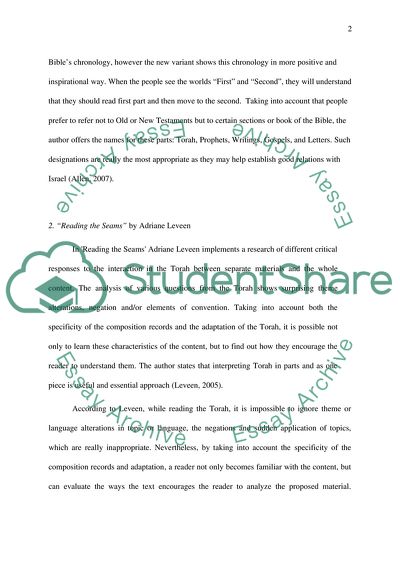Cite this document
(Biblical Texts from Different Perspectives Literature review, n.d.)
Biblical Texts from Different Perspectives Literature review. https://studentshare.org/religion-and-theology/1728390-pentateuchthe-torah
Biblical Texts from Different Perspectives Literature review. https://studentshare.org/religion-and-theology/1728390-pentateuchthe-torah
(Biblical Texts from Different Perspectives Literature Review)
Biblical Texts from Different Perspectives Literature Review. https://studentshare.org/religion-and-theology/1728390-pentateuchthe-torah.
Biblical Texts from Different Perspectives Literature Review. https://studentshare.org/religion-and-theology/1728390-pentateuchthe-torah.
“Biblical Texts from Different Perspectives Literature Review”. https://studentshare.org/religion-and-theology/1728390-pentateuchthe-torah.


